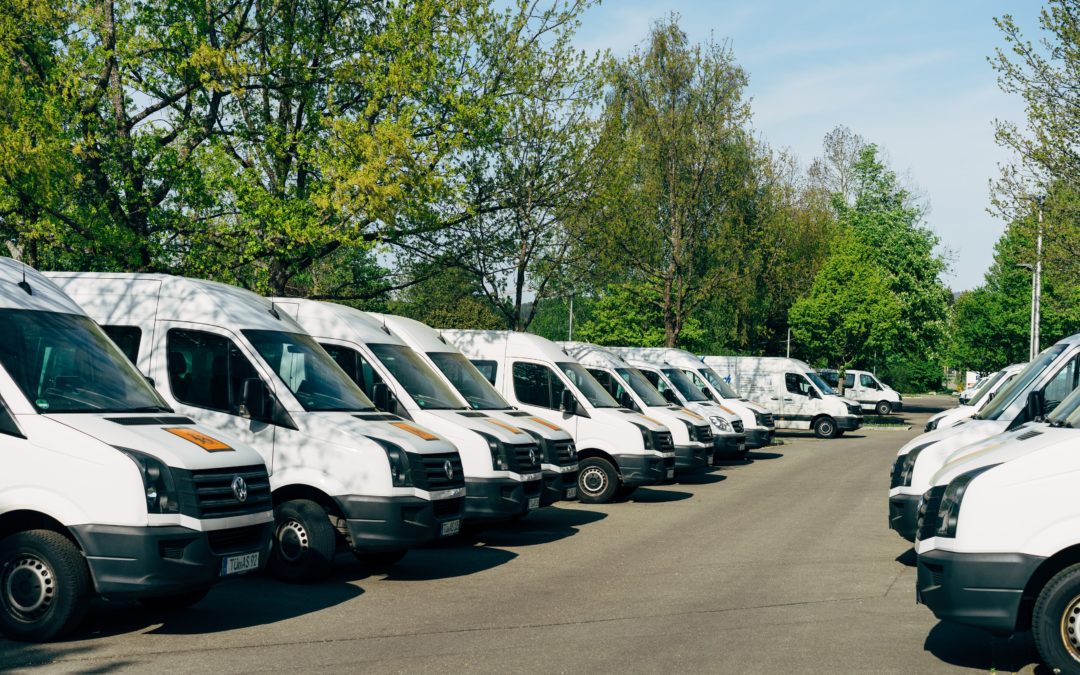Using commercial auto telematics to improve safety and ultimately lower insurance premiums for organizations with commercial truck and auto fleets is increasingly becoming part of the conversation. It can also be a liability if the data is ignored or policies are not implemented thoughtfully.
Accidents, Fatalities, and Law Suits on the Rise
According to the most recent Large Truck and Bus Facts report from the Federal Motor Carrier Safety Administration, there has been a 40 percent increase in fatalities from 2009-2019. In 2016-2017 alone, the number of these vehicles involved in crashes with injuries rose 4 percent and the number involved in deadly crashes rose 8 percent.
In turn, the litigation surrounding these accidents is becoming more lucrative as plaintiffs are awarded large monetary rewards. Likewise, commercial fleet insurance is on the rise as well as the cost of owning truck and auto fleets.
Consequently, organizations that rely on these fleets to stay in business are looking for new ways to improve safety and reduce their exposure to catastrophic lawsuits.
Telematic devices can measure a number of elements that are of interest to fleet owners and underwriters, including:
- miles driven
- tracking the location of the vehicle (GPS)
- rapid acceleration
- hard braking
Here’s what advisors and clients need to know about commercial auto telematics:
Technology is not a substitute for hiring good drivers and ongoing safety training.
Frequent reminders to drivers to follow safety protocols that are commonly known but often not consciously thought about. Recommendations such as following the speed limit, maintaining safe distances between cars, and being aware of pedestrians, bicycles and motorcycles are often repeated but also often ignored.
Organizations can add telematics as an added measure to improve driver safety, monitor speed, and decrease driver distractions. Telematics is a tool that provides information that can be used to give feedback to drivers and improve safety and training.
Telematic devices can be a liability if the data is not used.
Once an organization decides to implement telematic devices such as GPS, on-board video cameras, etc, it’s important to use the data to improve driver performance and policies and procedures.
Unfortunately, there is a possibility that too much data can become overwhelming for supervisors. To combat this try slowly collecting data in the initial stages and growing the tracking processes over time.
An example of a great place to start using telematics is using it to track speed. An organization can start by noting the length of time drivers exceed the speed limit. Once the information is gathered and processed, the organization can use it to reward safe drivers or provide training and discipline to drivers who are found to excessively exceed the speed limit.
Telematics does not eliminate risk.
As we enter a new decade of innovation, the industry can expect more technology to be integrated into vehicles; yet, organizations must still address their coverage needs, including policies around auto liability, general liability, and workers compensation. Healy Group advisors can help organizations navigate the changes and how they impact coverage needs, including unintended coverage gaps and potential exposures.
Have questions about how telematics can be integrated into your organization’s risk management plan? Let’s Connect!
About the Author
 John Kersey joined Healy Group in 2003 and has 30 years of experience designing risk management programs for commercial clients. As a risk management advisor, John strives to build strong relationships with his clients and business partners to understand their needs better and provide the best risk management strategies for their unique situations.
John Kersey joined Healy Group in 2003 and has 30 years of experience designing risk management programs for commercial clients. As a risk management advisor, John strives to build strong relationships with his clients and business partners to understand their needs better and provide the best risk management strategies for their unique situations.


Recent Comments